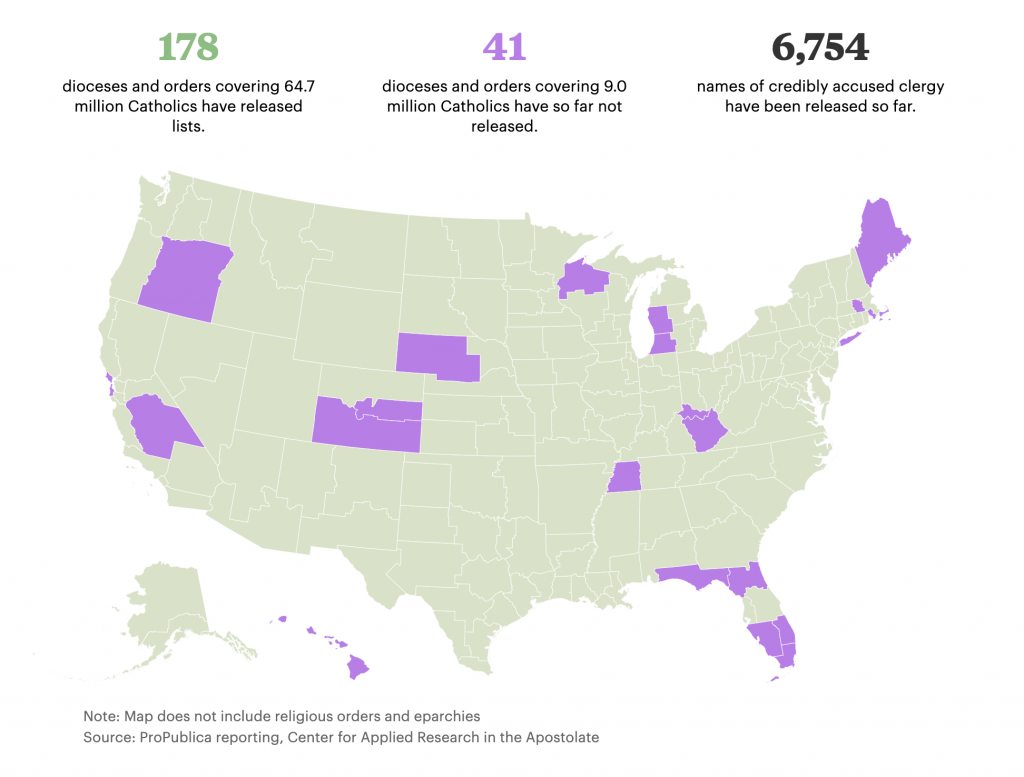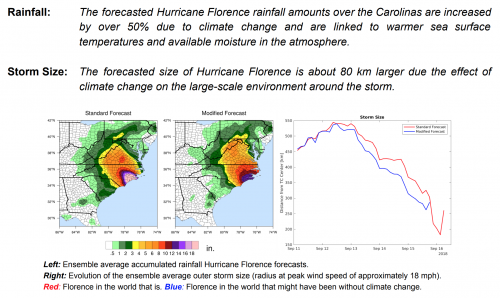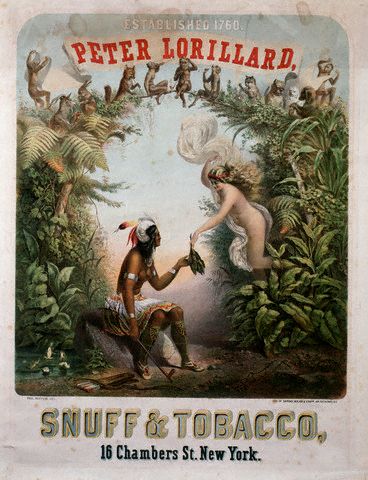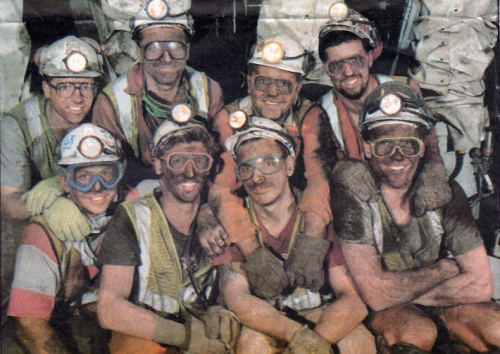This past summer was hot, hotter than it used to be, and this is causing a lot of new challenges for work, infrastructure, our social lives, and our health. Air conditioning was back in style and even a new public policy, with more cities working to require that landlords provide it as a basic part of a habitable apartment.
Of course the stakes are much higher than just a new AC unit. Sociologists have long known that unequal heat exposure is a serious challenge to our collective health and social wellbeing. Eric Klinenberg’s famous study of the 1995 Chicago heatwave, for example, found that social isolation was a key factor in explaining why people were vulnerable to heat sickness and even death, because they didn’t have places to go or people to check in on them to stay cool. Recent work has linked excessive heat to deaths among people who are incarcerated and learning loss in schools. Heat risks are unevenly distributed in our society, and so addressing the risks of a warmer planet is going to require expanded access to building cooling and air conditioning.
The challenge is that the status of air conditioning is changing. Heat has long been considered a necessity for safe, healthy living – often part of the basic, legal requirements for habitable homes on the rental market across the country. But states are much more inconsistent about whether they require air conditioning, which is often marketed to the general public as a “luxury good.” Look at any vintage ad for AC and you’ll find wealthy, well-dressed homeowners splurging on a new system that lets you wear a suit inside.

Do people today actually support aid to help others access cooling? In a new study recently published in Socius, I investigated this with an original survey experiment. In a sample of 1200 respondents drawn from Prolific, I asked about support for government utility assistance programs for people with lower incomes. The questions had a key difference: some respondents got a question about utility assistance in general, some got a question specifically about home heating, and some got a question specifically about home air conditioning.
Support for the heating question was the strongest on average, in line with the theory that we see heating as a necessity. Air conditioning received the lowest support, however, significantly different from both heat and general utility assistance in the sample. To make sure these results held, I went back to Prolific and sampled more Black and Hispanic respondents to repeat the experiment. The strongest results in these tests came from white respondents.

Why might this be the case? We have long known that attitudes about social welfare programs of all kinds are tied up with race. Research finds these differences because of stereotypical thinking – some people are deeply concerned that others who receive aid need to “deserve” it by working hard and only using aid on necessities, not luxuries. We also know that these beliefs are often linked to racial stereotypes. Previous work on food stamps, disaster relief, guaranteed income, and other social aid programs often finds these social forces at work.
These results show that stereotypical thinking about who “deserves” help may be an important public policy hurdle as we work on adapting to climate change. As policymakers face an increasing need for adequate cooling to address public health issues, they will need to account for the fact that the public may still be thinking of air conditioning as a luxury or comfort good. Making policy to survive climate change requires updating our thinking about the status of goods necessary to weather the crisis.
Evan Stewart is an assistant professor of sociology at University of Massachusetts Boston. You can follow his work at his website, or on BlueSky.






